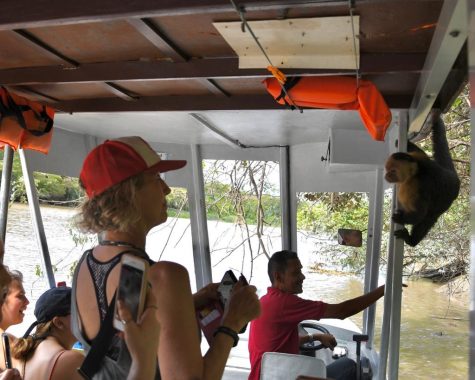Gas Leak Outside Choate Had No Averse Effects
October 1, 2014
On the morning of Fri., Sep. 19, a gas line broke outside of Choate House.
Heating systems of any kind can serve as the source of a gas leak. As the case may be, the gas line outside of Choate broke because a contractor who was working on the new parking area damaged the gas line with an excavator. Not long after, staff working in Choate House that morning began to exit the building. Buildings and Grounds, as well as Campus Security, were notified and responded immediately.
“Buildings and Grounds immediately closed the valve supplying gas to the leak while Security called the Fire Department and Con Edison,” said Vincent Beatty, the University Security Director. “The leak was repaired that same day. All work at this site was temporarily halted as a ‘Stand Down’ was conducted with all parties involved to determine the cause of the incident as well as institute precautions to prevent a reoccurrence of the incident.”
The gas leak was detected quickly, and buildings were evacuated. The recommended first step in any such situation is, in fact, to vacate the premises as quickly as possible. If one were to be exposed to a gas leak for a period of time, they should also stand completely still.
Monoxide poisoning, which can result due to extended exposure, “comes from inhaling enough of the gas that it replaces oxygen in the blood,” according to WebMD. Standing still conserves the oxygen in the blood. One would then, of course, want to seek medical attention for treatment.
Beatty assured such occurrences are not commonplace at Pace, even with all the construction taking place.
“This was the first gas leak incident since construction began,” Beatty said.
Even so, a gas leak can be detected by an odd smell or by an onset of flu-like symptoms which often arise through inhalation of gas. These symptoms include dizziness, fatigue, irregular breathing, nausea, headache, or disorientation.














